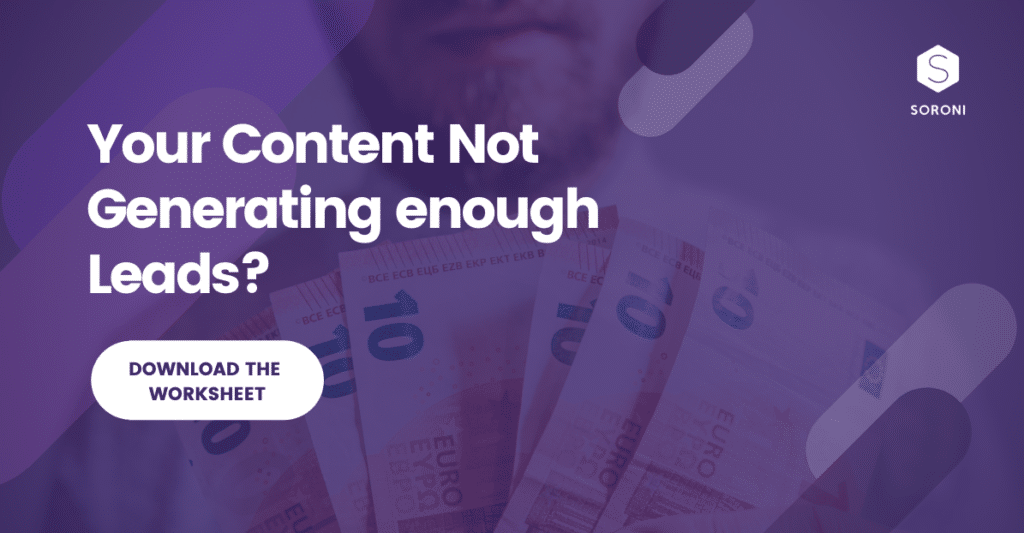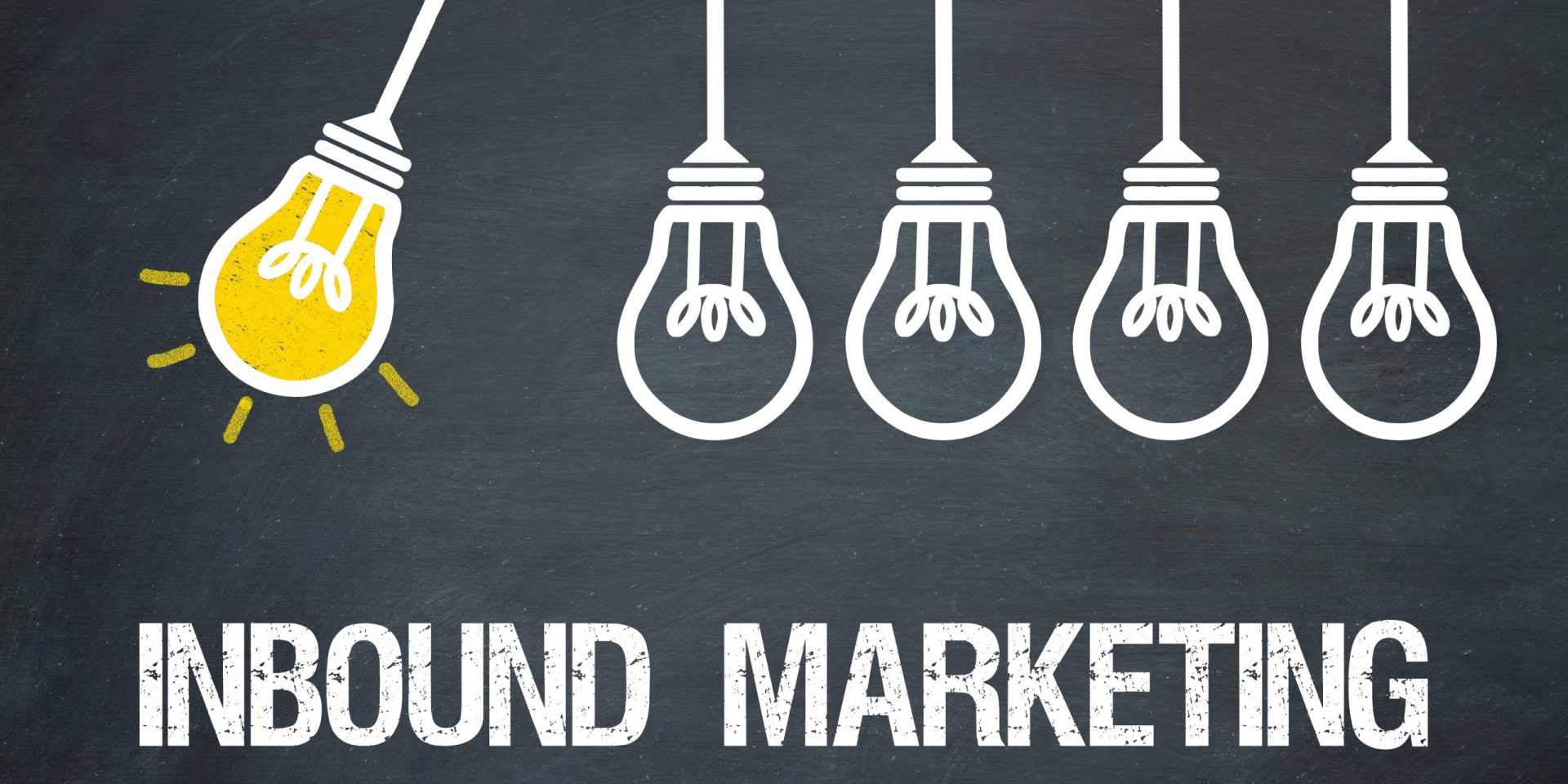Inbound Marketing for SaaS companies
The future of marketing continues to evolve alongside business, despite the adversity presented by covid-19. Accepting change is difficult, but it is a vital catalyst for progress. Inbound marketing for SaaS companies is such a catalyst.
Incorporating inbound marketing into a B2B Software-as-a-Service (SaaS) company is crucial for success and prosperity. As an essential tool for boosting your business, inbound marketing should be your number one priority right now.
This tool is the primary utility for ensuring 100% customer retention and securing new business opportunities.
Consider for a moment what the inclusion of inbound marketing for Saas could achieve within your business; then continue reading.
Step 1 – Build Your Inbound MarTech Stack
To begin with, all the variety of marketing technologies available to your business should be considered. Critically, observe what you have available to understand the advantages and disadvantages they incur to your inbound marketing strategy.
To successfully deploy your SaaS inbound marketing plan, you must consider other potential MarTech solutions to add to your stack. Where you find disadvantages, fill these gaps with supplementary MarTech to build a robust stack.
To create a solid foundation stack, you will need the following:
- A sales automation platform
- A marketing automation platform
- The utility of Google Tag Manager and Google Analytics
- A website with easy to manage CMS
- A landing page solution
- Customer Relationship Management (CRM) software
These six aspects each have a vast number of options available and combined, they form the technology pillars to build inbound marketing for SaaS companies.
Ensure an optimal approach when choosing each of the above solutions for your SaaS business by starting small. Consider each component as a puzzle piece and make sure that you select all the correct pieces that work with your business.
With the incorporation of each optimal solution, enacting your Saas inbound marketing strategy becomes incrementally easier and increasingly successful.
An alternative option is to source all of the above solutions through a single provider. This ensures all bases are covered and your business avoids any synchronisation or integration issues. One such provider of this service could be ActiveCampaign, but there are many options available. Select one that is most appropriate for your business and highly rated.
With your MarTech stack optimised and set up ready, your SaaS inbound marketing strategy a few steps away.
Step 2 – Identify Your Ideal Customer Profile (ICP) & Customer Segments
First and foremost, identify who your ideal customer is. When doing so, you should consider the following questions to know who to target:
- What is your business’ ideal customer profile?
- What behaviours do they demonstrate?
- What characteristics and traits do they have?
- What problems do they have?
- How can you solve their problems?
Understanding the answer to each of these questions will develop the foundation for your SaaS inbound marketing strategy. At this stage of the process, ensure that all answers to the questions above are objective. Ensuring an effective and objective viewpoint will help you best determine who your ideal customer target is and remove biases you might have.
Once you have identified your ideal customer profile, you can now move on to customer segmentation.
Customer Segmentation and Prioritisation
This stage of the guide entails the segmenting of your customers into groups using basic criteria to highlight their superficial differences.
An effective way to begin this process is to determine the variables of your customer segmentation criteria. A robust split of these criteria factors could include:
- Age
- Gender
- Family
- Education
- Social status
- Occupation
- Professional speciality
- Sector of work
These are just examples, but help differentiate customers and create the criteria for customer segmentation. With these criteria factors, start to consider how you could communicate with them and meet their needs/ease their challenges.
If these customer factors do not alter what your customers require from you or how they engage with you, then there is no need for customer segmentation.
In scenarios where customer segmentation is required, once customer segments have been separated, the next step is prioritisation. Identify the groups that are the easiest to attract to your business and those which have the most lucrative potential.
Identifying these particular groups helps your business determine the audience size, their likelihood of purchase and the most efficient method of engagement. With this information, you can then begin prioritising the allocation of your resources.
The primary target group should be the one that requires the least resources, is the most likely to purchase and easiest to communicate with.
Like shooting fish in a barrel, this prioritisation ensures your customer targets are always the most optimal choice. This translates into low risk, high yield conversion rates when balancing the scales of effort and budget.
Persona Development
Customer segmentation is the objective aspect that helps identify your ideal customer framework. Complementing this objectivity, the development of customer personas help flesh out the identification process and highlight common characteristics in criteria groups.
What is a persona?
A customer persona provides an almost identical representation of your business’ ideal customer. This persona is built using the merging of existing customer data with your own business’ market research.
Filling out the segmented customer groupings, customer personas outline customer habits, behaviours, preferences and more. Essentially developing a profile persona that portrays the ideal customer target for your business.
Using these customer personas ensures both creative and strategic decisions are well-informed of their target and can be vital to business success. Personas are critical and directly correlate to the efficiency of your SaaS inbound marketing strategy.
Customer Journey Development
Using personas, begin to charter out each customer’s journey which takes them from first learning of your business through to the point of sale. This customer journey frames the path they take from problem discovery to solution-seeking; finishing upon choosing which vendor to proceed with.
Step 3 – Refine your value proposition
For this step, you need to determine what to say and how to say it.
Ask yourself two questions:
- What value are you seeking to deliver to your customers?
- How can you communicate and engage with customers you’re delivering to?
Answering these questions will form the foundation of how your business will communicate with each unique customer persona.
Once you confirm your value proposition, consider how it works with your ideal customer persona and remedies their problems.
The Customer Journey
A customer journey consists mainly of three layers each with a specific target/objective.
Top of the Funnel (TOFU)
Stage of “awareness” of which potential customers seek an answer to their problem.
Middle of the Funnel (MOFU)
Stage of “evaluation” that potential customers carry out the required research to ensure your company’s product or service is suitable.
Bottom of the Funnel (BOFU)
Final “purchase” stage when the potential customer becomes a customer.

Step 5 – Keyword Research to Identify Search Opportunities
To capture customer attention and engage with them effectively, you need to consider how the content your business will present. To do this, you need to focus on keyword research.
Using the right key search terms, your ideal customer personas will find what they are looking for through search engines such as Google. If you tailor your keywords to such search terms, the result they receive will ultimately boost traffic to your business.
Ensure the best keyword research strategy to guarantee customers find your business and to optimise the impact of your written business content.
Step 6 – Personalisation
An Inbound marketing stratgy for a SaaS company should always ensure personalisation for maximum sign-ups and customer retention.
Identify what each persona’s needs are and provide tailored solutions for those needs to encourage customers to return.
Though this step involves a more informal approach, ensuring the creation of customer-focused content will directly impact engagement levels.
Remember: the difference between a prospect and a customer is that a prospect still needs to be convinced that you can deliver the value they require. A customer is already convinced.
Step 7 – Measure Success
As we begin to finalise the SaaS inbound marketing strategy, the next priority should be to measure its success.
Ask yourself these questions:
- What is the purpose of SaaS inbound marketing strategy?
- What are your KPIs and have you achieved them?
- Can they be tracked and how so?
- Can this process be automated rather than manual?
Most importantly, how will you measure the above? Jot down your responses and put the reporting in place to measure the KPIs.
If you can answer all of these questions, the next aspect to consider is time.
What will be the timeframes to achieve your goals and how will you measure the success relative Return-of-Investments (ROIs)?
Measure your success to understand what is failing.
Step 8 – Content Distribution Strategy
The last stage in this guide is your SaaS business content distribution strategy. Consider the use of paid channels to broadcast your product or service and how you might do so.
Before you decide on the distribution channel, you should consider what the expected return for each channel will be, the cost and based on the ROI you can determine which channel has the best chance of success.
Paid channels could include the likes of Linkedin or Google; both are great primary channels for any B2B SaaS business.
Linkedin is an excellent source to draw in B2B customers through the honing of your ideal customer profile. On the other hand, Google Ads is great for beating the crowd. Adwords ensures your business content is pumped out to potential buyers searching for the solution to their problem.
When considering inbound marketing for SaaS, you need to thoroughly consider your key customer target, what they want and how you can deliver a valuable solution. Answering these questions will greatly boost your inbound marketing strategy.
Never forget to consider your ongoing customers while targeting prospects. Doing so will ensure your SaaS business makes 2021 a year for success.
If you enjoyed the content, leave a comment below.


